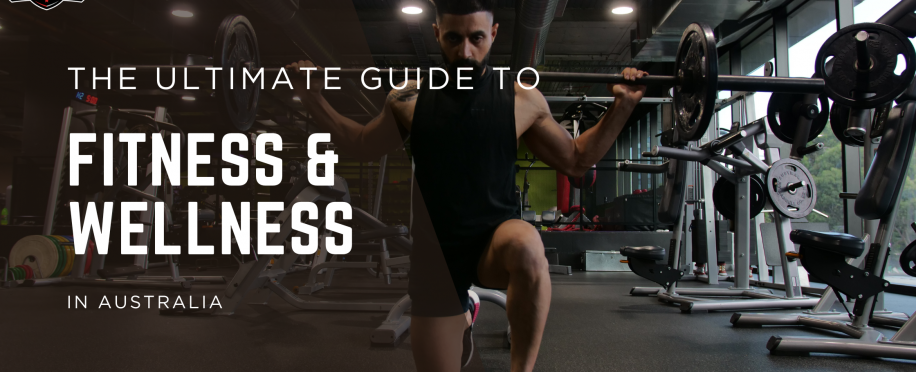These days, it seems like more and more workouts claim to be especially good at burning fat. On the surface, that probably sounds pretty good! After all, while the main goal of working out should be improving your overall health and feeling great, many people certainly don’t mind the impact it can have on body composition. But just because something is labeled as being a “fat burner” doesn’t necessarily mean it’s going to whittle your middle—or that burning fat should be your goal at all.
What Does It Mean to Burn Fat?
To make sense of all of this, you first need to understand that your body relies on two main sources of energy: carbohydrates and fat. At any point in time, your body is using both, but the ratio changes as your activity level goes up.
“At rest, 70 to 80 percent of your energy comes from fat,” says Chris Breen, a certified exercise physiologist, USA Triathlon coach, and founder of Aria Endurance Coaching. “As you start raising your activity level, more and more of your energy comes from carbohydrates.”
That’s why lower intensity workouts tend to be labeled as fat burners. But it’s not the whole story.
“There is a nugget of truth to the fact that lower intensity workouts done for a sustained length of time shift your body to metabolize fat,” says Mike Young, PhD, director of performance at Athletic Lab Sports Performance Training Center. “And there’s also some evidence to suggest that you can train your body to become more efficient at burning fat for energy, essentially shifting the preference.”
The Other Part of the Equation
If losing fat without breaking a sweat sounds too good to be true, that’s because it is. “It’s not so black and white,” says Breen. “Yes, you might be burning a higher percentage of fat when you’re working out at a lower intensity, but you’re also burning a lot less calories. And that matters too.”
Another thing to remember: It’s not just calories burned during the actual workout that count. “Higher intensity activities produce a much greater post-exercise oxygen consumption, which can help you burn a lot of fat,” says Young.
So if one person goes out for an easy hour-long walk and another does a 12-minute high intensity interval routine, both might burn the same amount of calories during the actual workout. But in the 24 to 48 hours afterwards, the person who did the high intensity intervals will experience a higher calorie-burning effect.
“You could ride a bike at a low intensity for eight hours to burn fat, but the average person won’t do that,” says Breen. “That’s why we say that the best kind of workout the average person can do to reduce body fat is shorter bouts at a higher intensity. You’ll get the most bang for your buck.”
Ready to Dial Up the Intensity?
To tap into your body’s natural desire to burn fat, you’ll want to mix some high intensity workouts into your week. Here are a few ways to do that:
Tabata Training
This classic interval workout has you go as hard as you can for 20 seconds, followed by a 10-second rest. Then, repeat eight times, so the entire series takes about four minutes. Do this with three different moves—like jump squats, mountain climbers, and burpees—for a 12-minute workout.
Interval Runs
Young recommends running faster than you normally do for three to five minutes (try to get to 85 percent of your maximum heart rate), then giving yourself two minutes of rest. Repeat that four or five times.
Sprints
Head to your local high school’s track and sprint as fast as you can for 50 meters. Allow yourself time to fully recover, then repeat for a total of five times.










